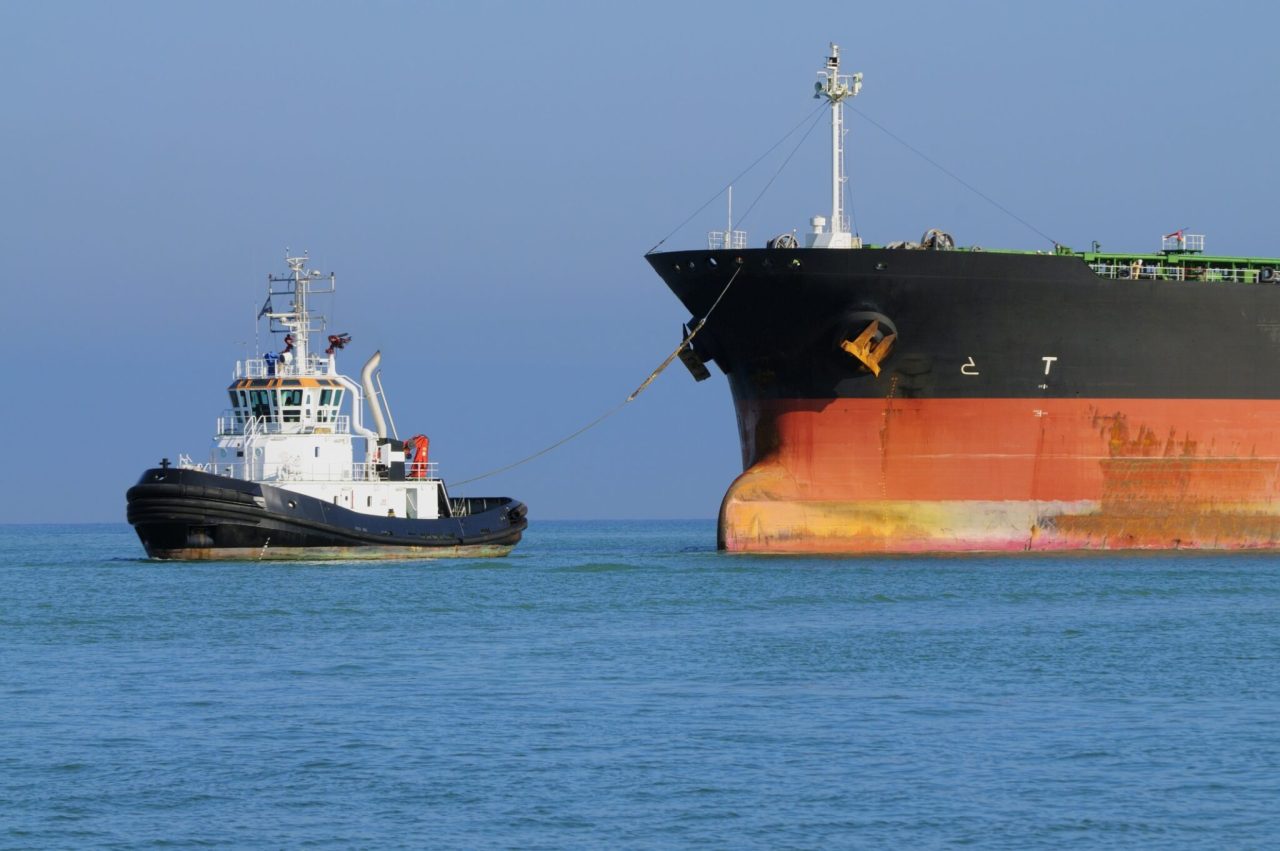Promise to insure trumps cross-indemnification, court rules

In a commercial hull and machinery insurance policy containing cross-indemnities, a promise to insure by one party trumps the indemnity by the other unless the contract clearly states otherwise, B.C.’s Supreme Court has ruled in a case involving two separate incidents of tug boats running barges aground.
In Lehigh Hanson Materials Limited v Sea Imp Xi (Ship), Lehigh Hanson Materials Limited, a Western Canadian supplier of construction aggregates and concrete, sought damages for the grounding of two of its barges while under tow by tug boats of Catherwood Towing Ltd.
“The sole issue is which party bears these damages under their Barging & Towing Services Agreement,” B.C. Supreme Court Justice Simon Coval wrote in a decision issued Sept. 2. Damages were $372,930 for the first grounding and $500,000 for the second.
“Lehigh submits that Catherwood is liable under its indemnification of Lehigh for all losses resulting from its negligence,” the court ruling states. “Catherwood submits that, despite this indemnity, the risk was allocated to Lehigh under Lehigh’s covenant to insure its barges while under towing by Catherwood.
“In my view, the Barging Agreement allocated the risk of these losses to Lehigh. Lehigh’s claims are therefore dismissed.”
Sections 6.7 and 7.3 of the Barging Agreement stated Catherwood “shall be responsible for and shall indemnify, hold harmless and defend Lehigh…for any loss or damage of or to the Lehigh barges and any machinery or equipment (fuel containers, front-end loaders, etc.) owned by Lehigh and carried aboard a Lehigh barge caused by the negligence of [Catherwood], its employees, subcontractors, agents or servants, or other persons for whom [Catherwood] is responsible.”
The Barge Agreement also says Lehigh “shall at its own expense, obtain and maintain in full force and effect during the term the following insurance coverage in a form acceptable to [Catherwood]” a Commercial General Liability (CGL) policy of not less than $5 million. This per-occurrence, combined single limit would cover products and completed operations, personal injury, contractual liability. contractor’s liability and contingent employer’s liability.
Also, the agreement states, “the supplier [Catherwood], its affiliates and its respective directors, officers, employees, agents, invitees and subcontractors shall be named as additional insured on Lehigh’s [CGL] policy. The policy must be primary and include a cross-liability clause.”
So, when Catherwood’s tug boats ran two of Lehigh’s barges aground during separate towing events, who is on the hook to pay the damages?
“The parties referred to numerous cases on allocation of risk in contracts containing an indemnity from one party and a promise to insure from the other,” the court ruling stated. “The cases consistently take the approach that it is reasonable to infer the parties allocated the risk to the party promising to insure against it unless the contract indicates otherwise.”
Lehigh raised the example of a case in which an indemnity actually took precedence over the promise to insure. But the B.C. Supreme Court distinguished the facts in that case, noting that in the caselaw Lehigh cited, the subcontractor was contractually obligated to obtain liability insurance against its own negligence.
In that particular contract, it was clear the party promising insurance would in no way be held liable for any damage caused by the negligence of the subcontractor.
Lehigh observed its hull & marine policy did not require Catherwood to be a named insured. It interpreted this to mean it did not intend to promise Catherwood insurance for its negligence.
Catherwood said being a named insured on the liability policy was so that any damages due to its negligence would be protected under Lehigh’s CGL policy in third-party liability claims.
Ultimately, the court found three instances showing Lehigh was promising insurance to Catherwood.
First, it fulfilled its obligation to obtain hull and machinery insurance.
Second, the policy had to be acceptable to Catherwood. “In my view, this indicates that Catherwood is to have the benefit of the insurance,” the court found. “I can see no reason for this requirement unless that were the case.”
Third, any party that failed to obtain insurance was to be deemed as a ‘self-insurer.’ It would pay all claims that would otherwise be covered under the insurance it failed to obtain.
“In my view, this is another clear indication that Catherwood is to benefit from Lehigh’s H&M Insurance,” the court ruled. “To paraphrase an argument made by counsel for Catherwood, it would make no sense for Catherwood to be liable to Lehigh if Lehigh obtained the requisite H&M Insurance, but for Lehigh to self-insure if it did not.”
Feature image courtesy of iStock.com/Lisa-Blue



